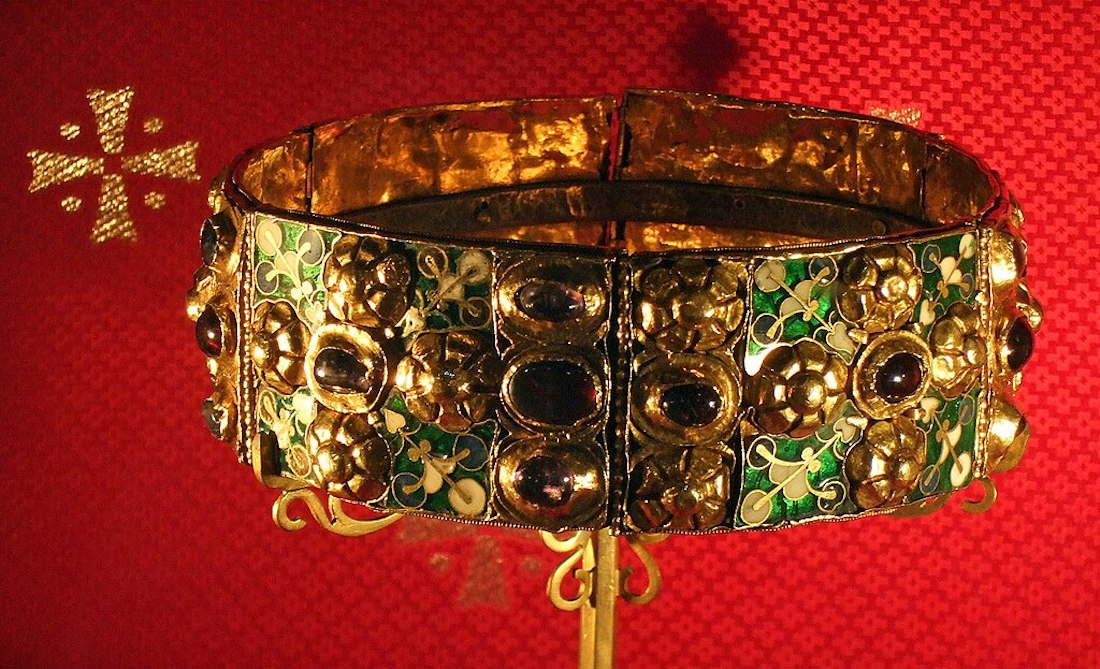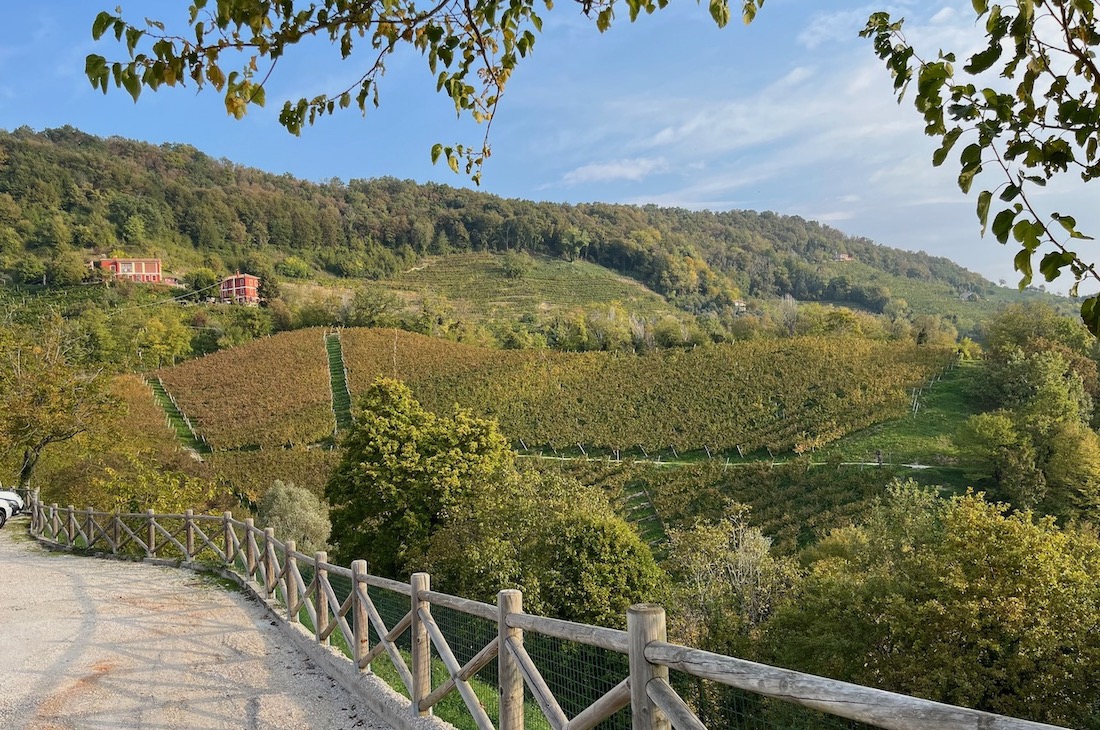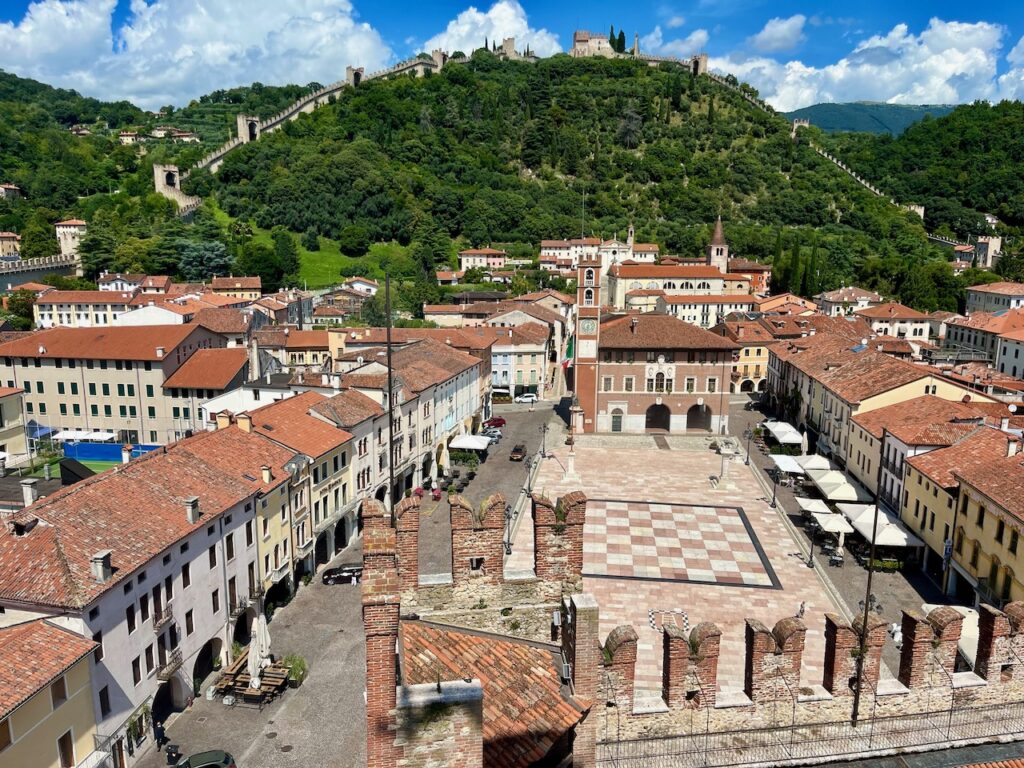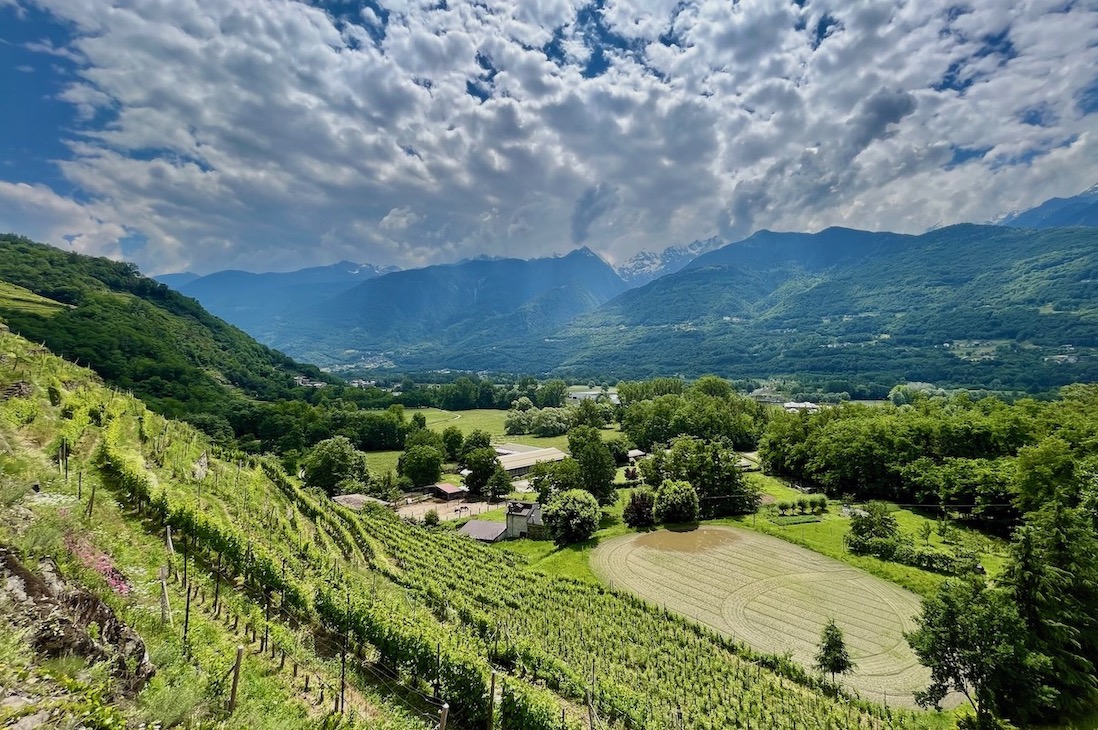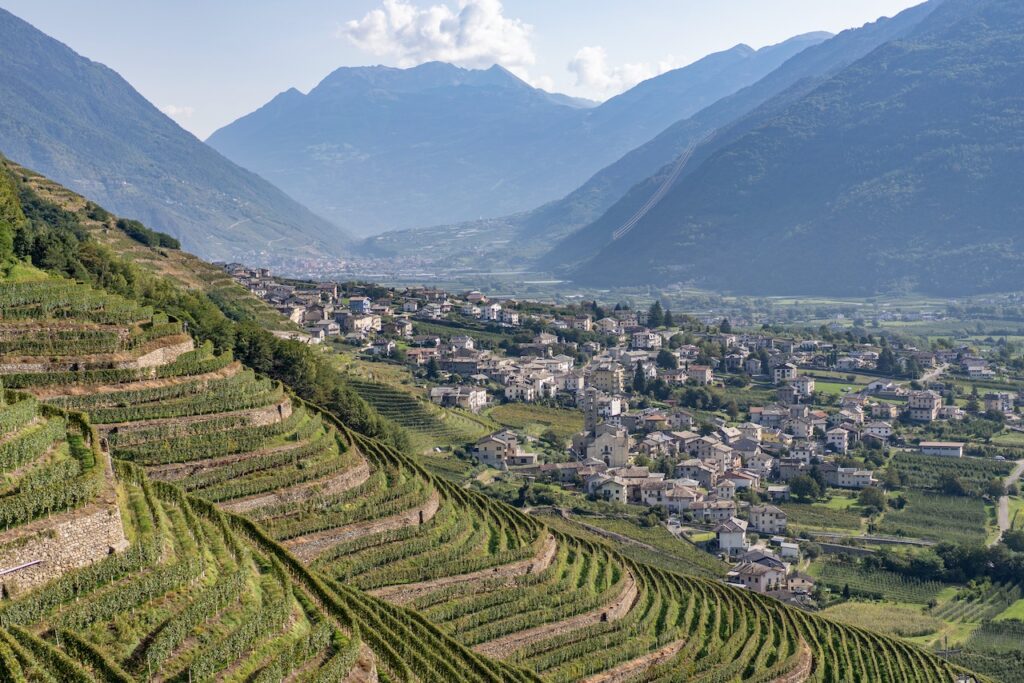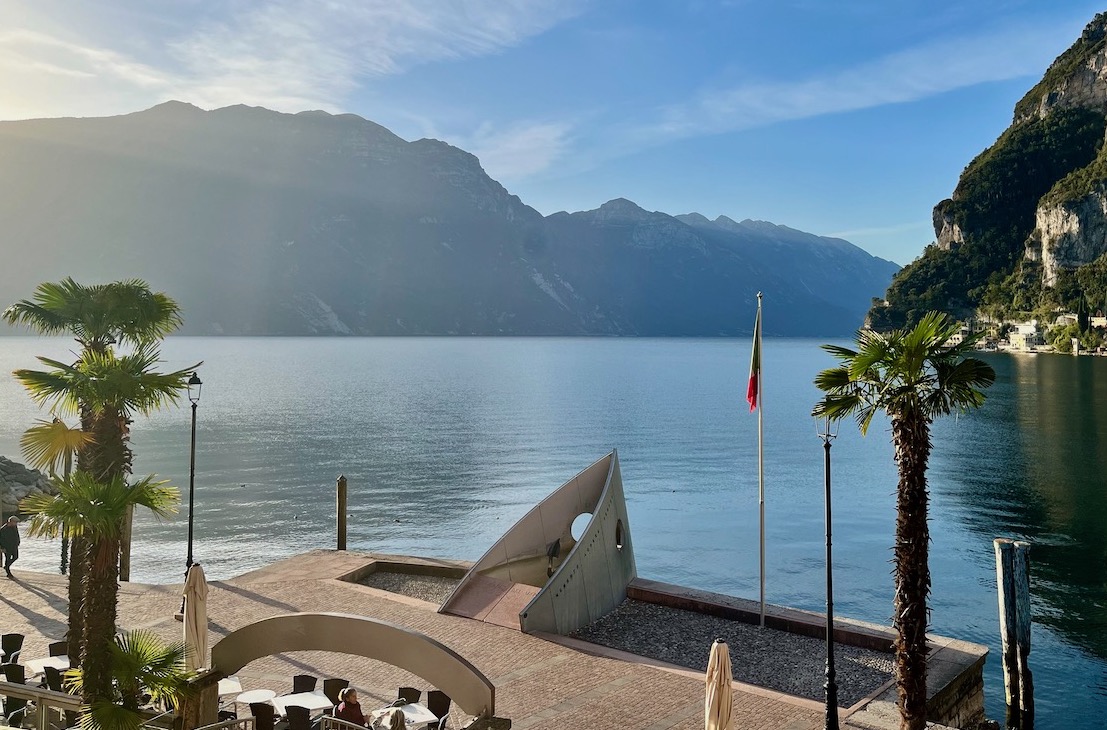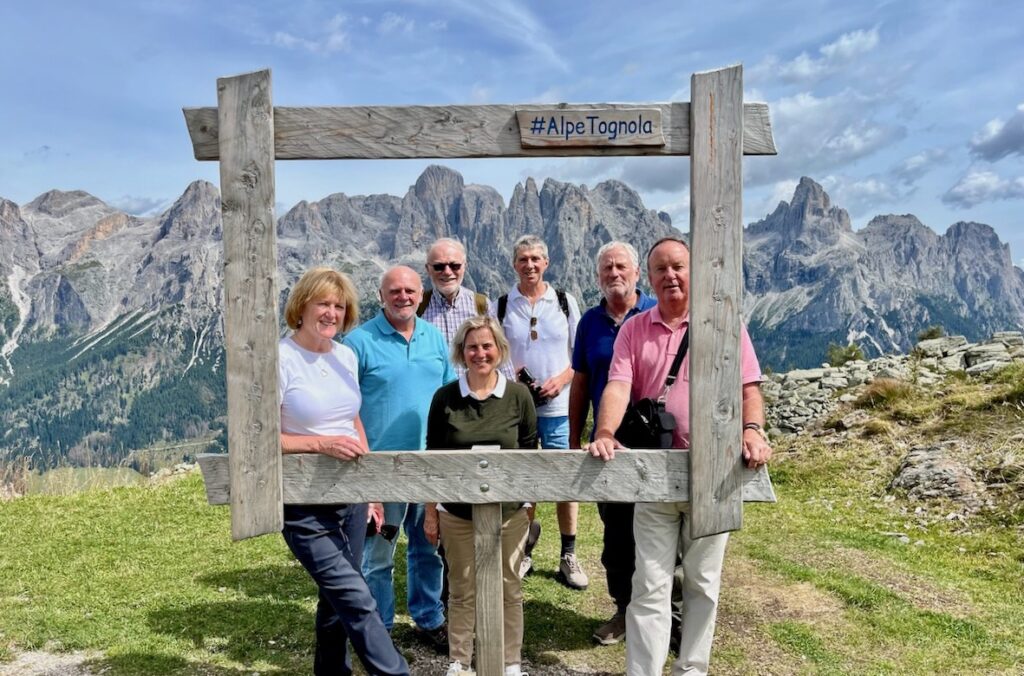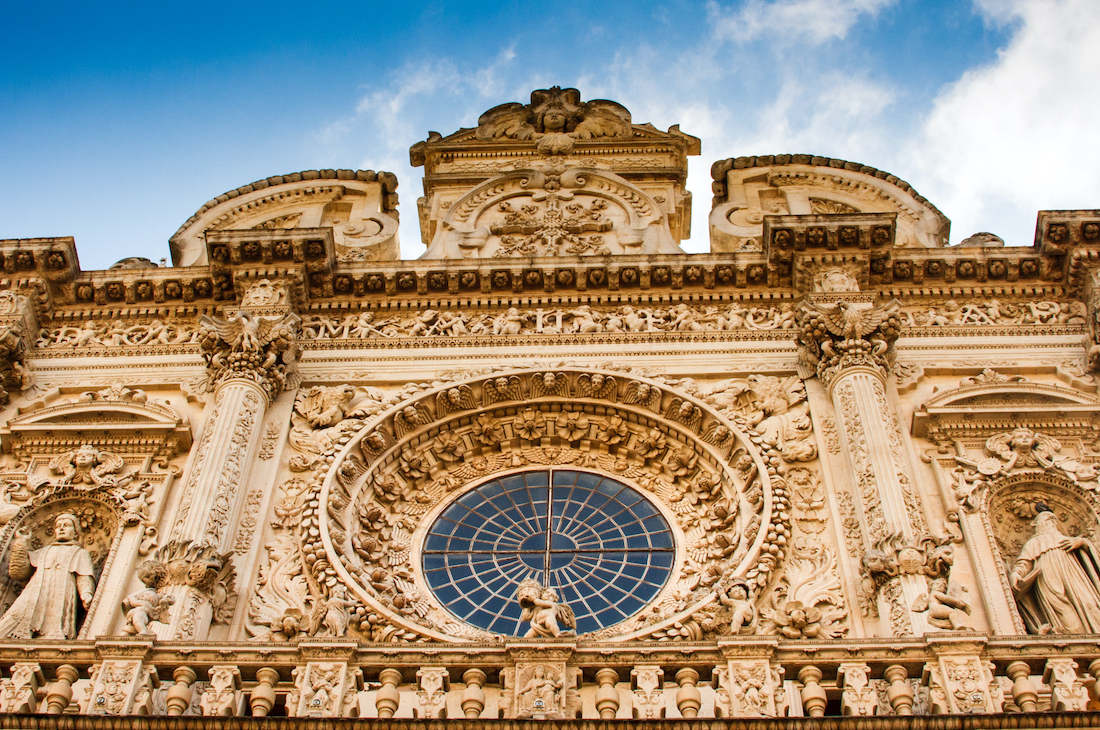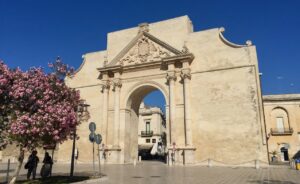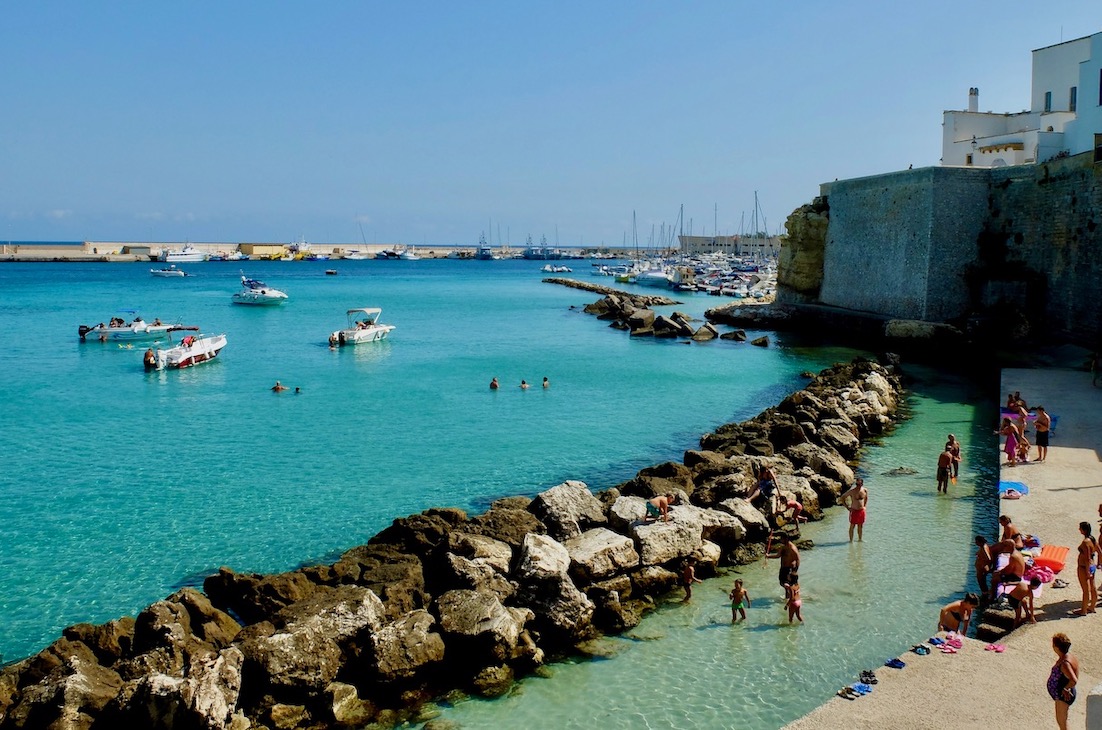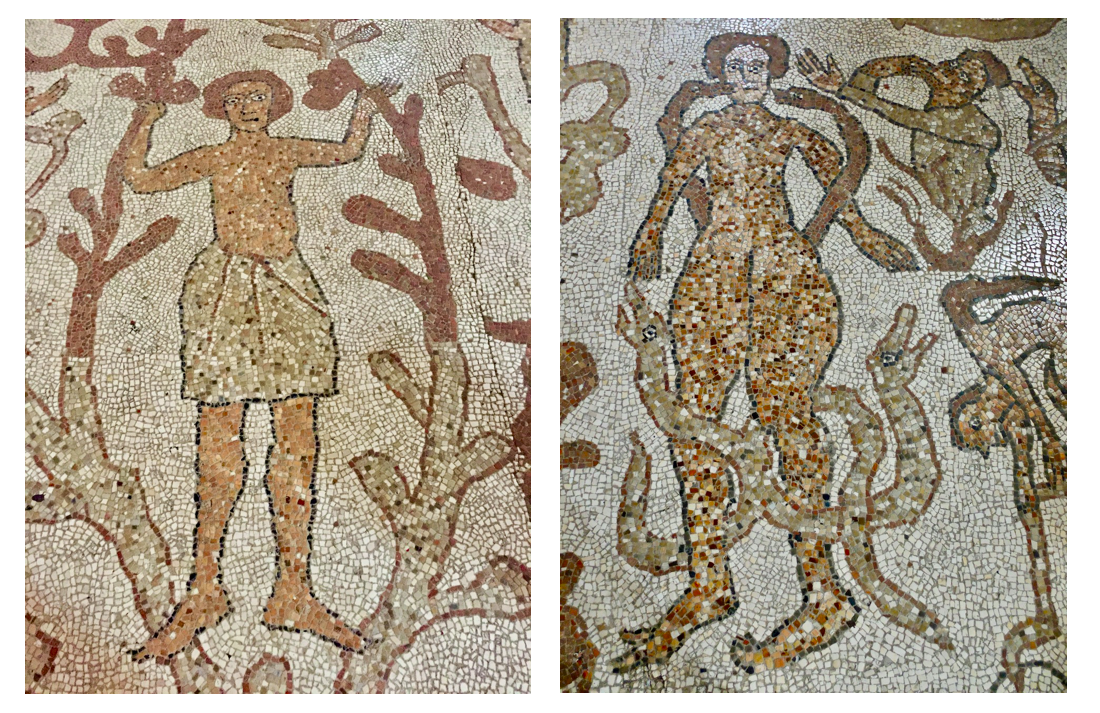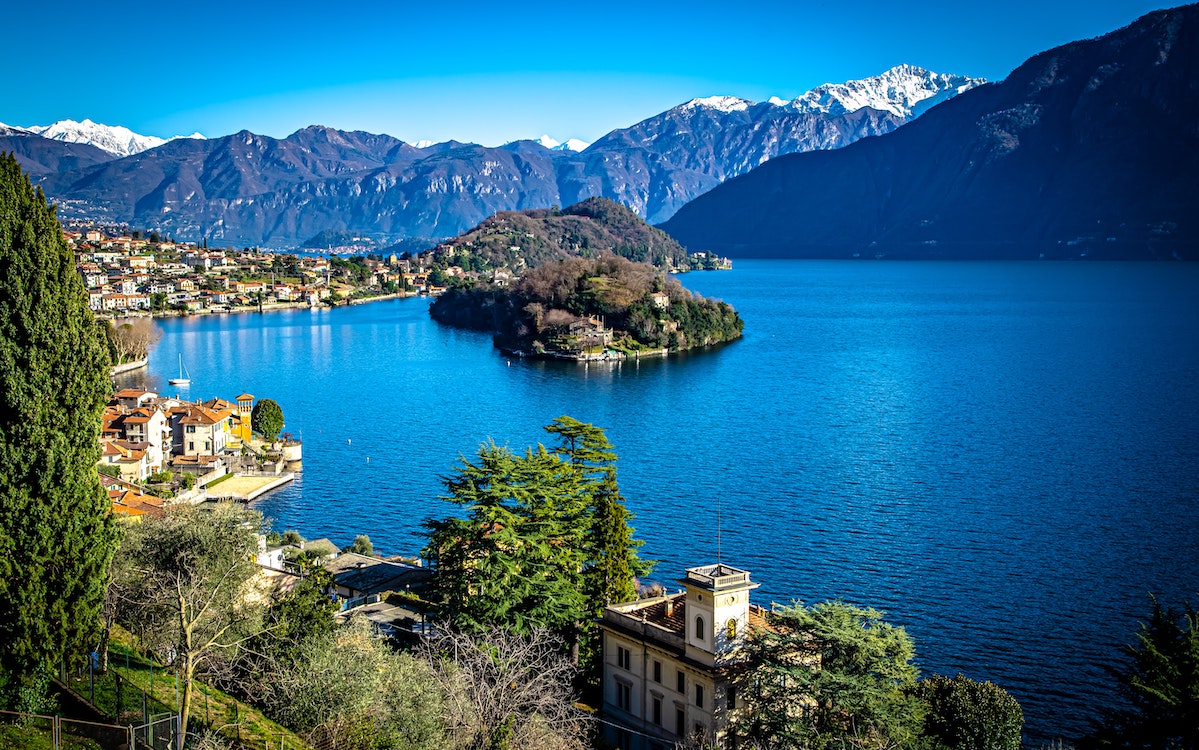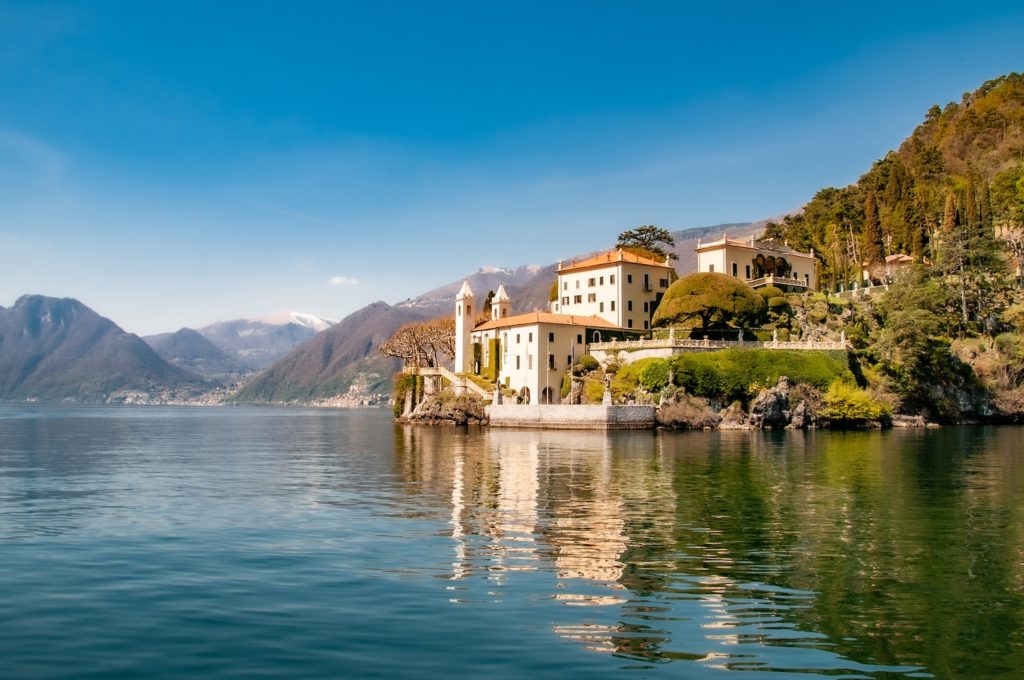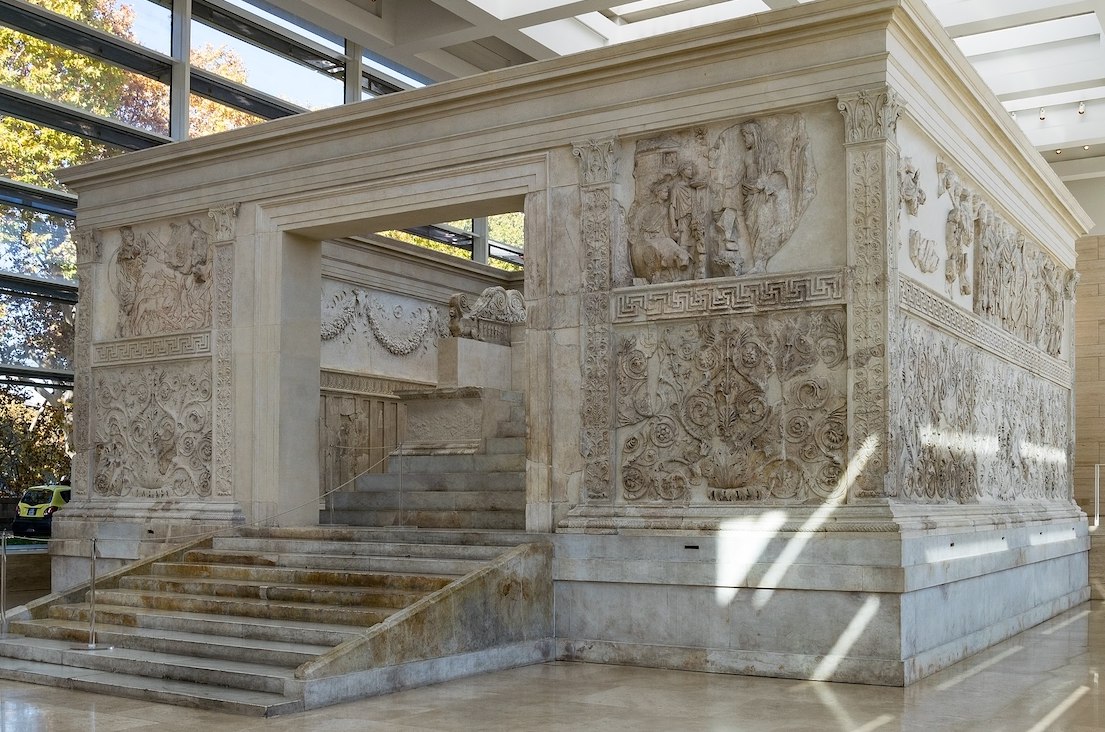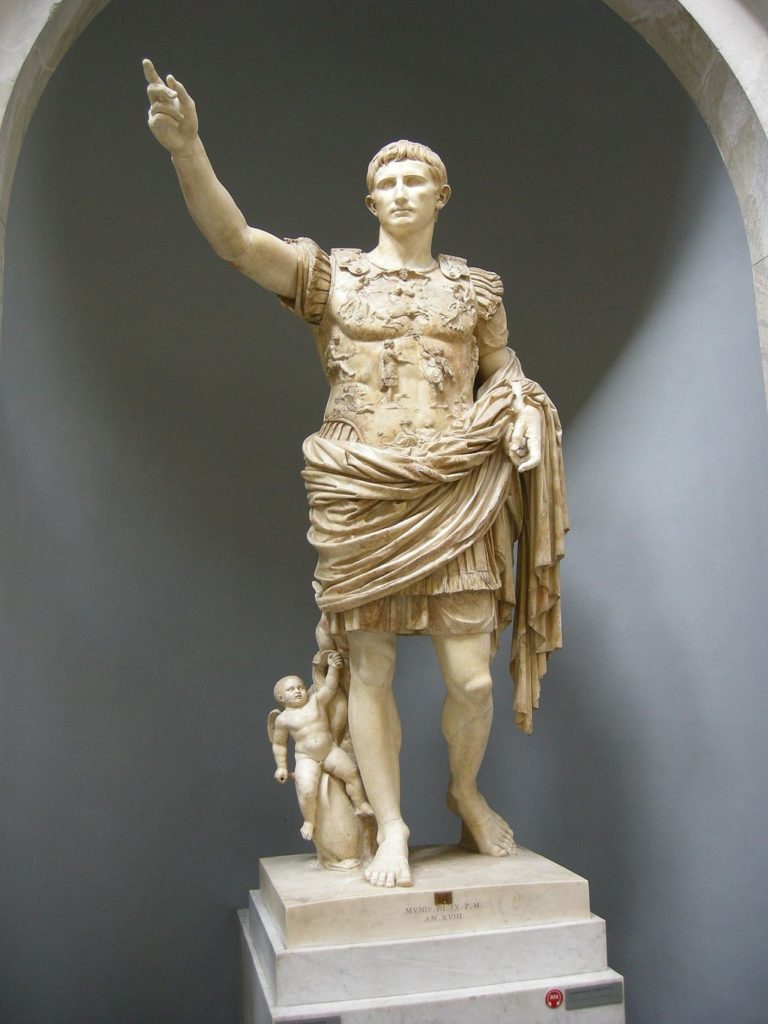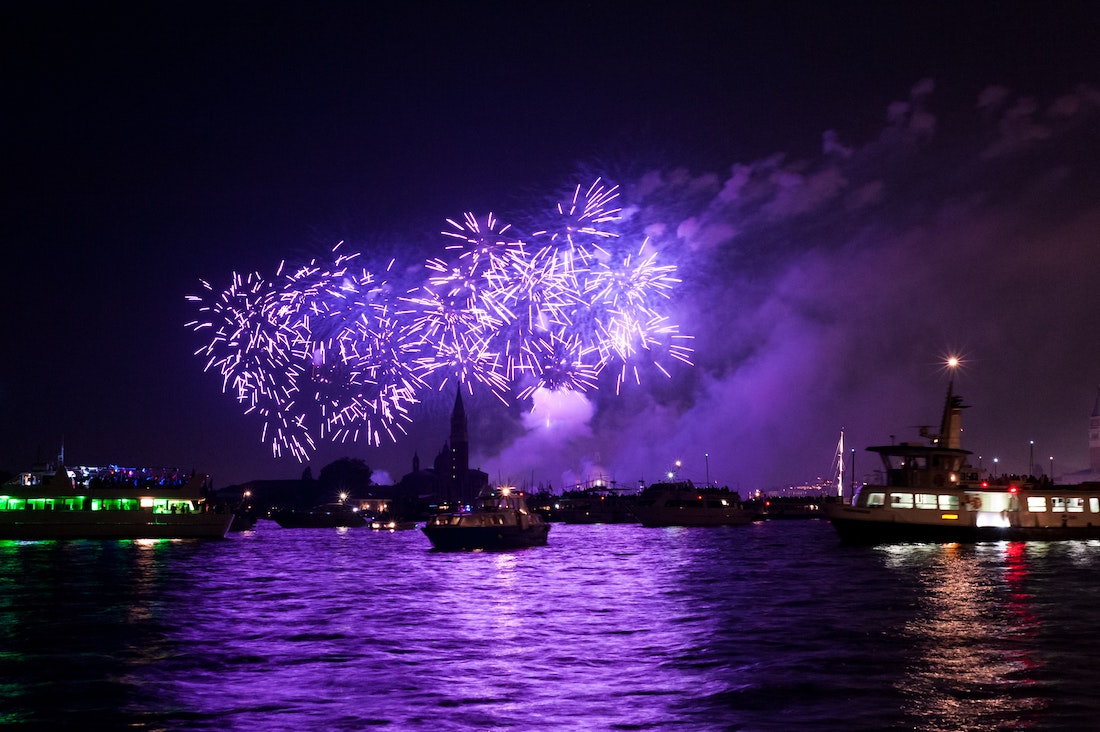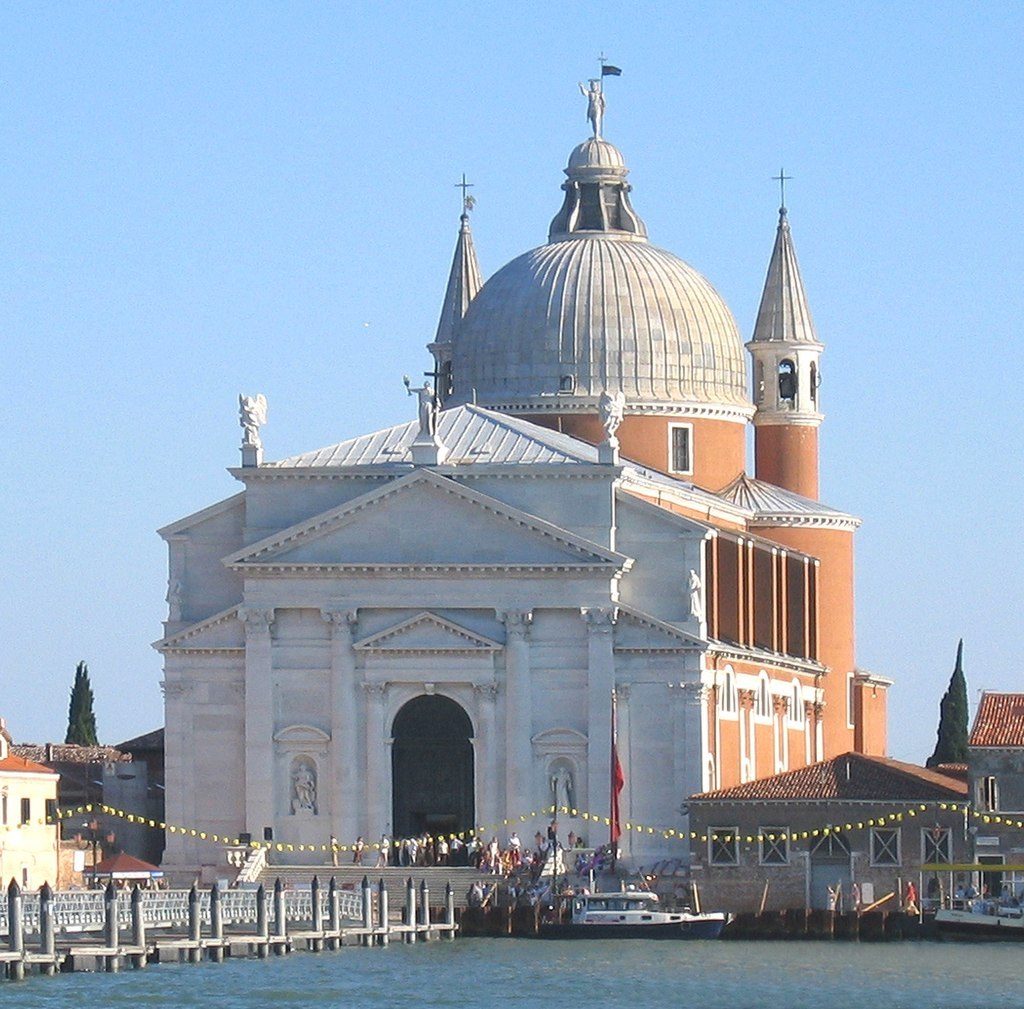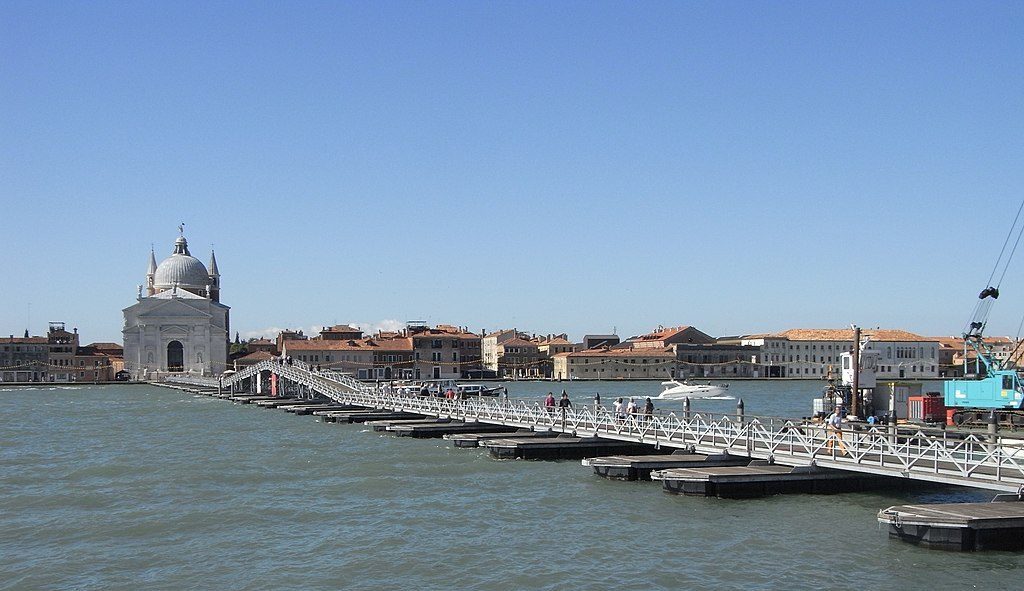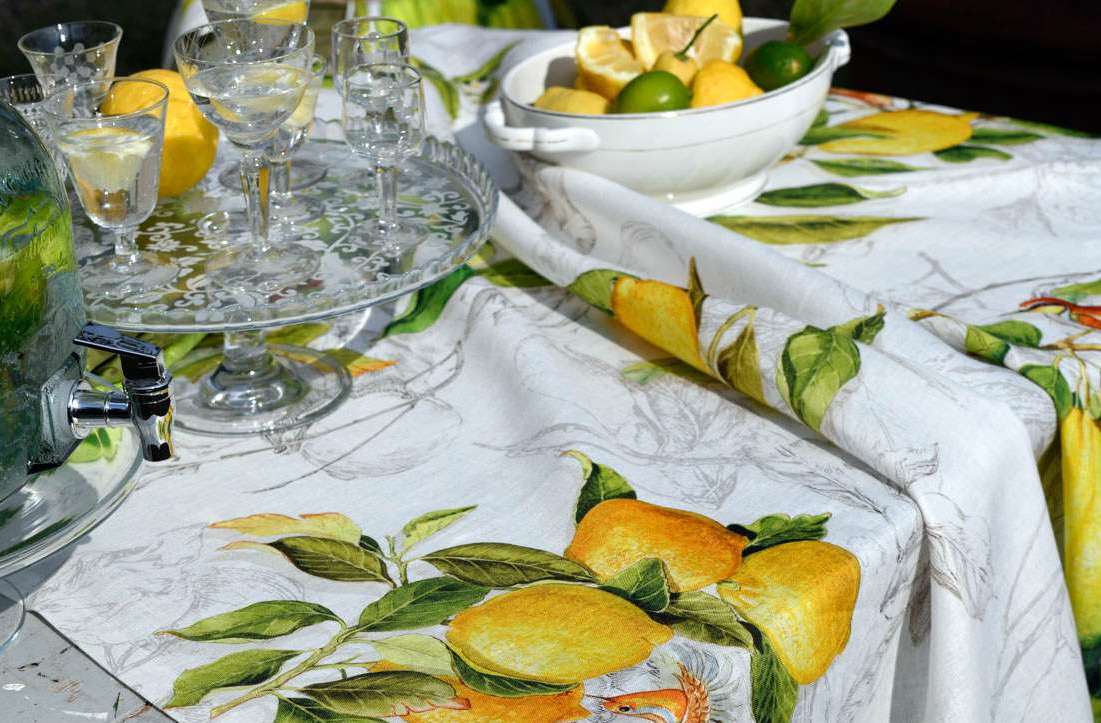23 Jan Monza – An undiscovered treasure on the doorstep of Milan
Image by James Steakley, CC BY-SA 3.0, via Wikimedia Commons
Nestled in the heart of Lombardy, just a short drive from Milan, Monza is a largely undiscovered destination steeped in history and culture. If you’re looking for a day trip from Milan, Monza might be just the thing. This charming city is a treasure trove of historical significance and architectural wonders.
Monza’s history dates back to Roman times, but it truly rose to prominence during the Middle Ages, when it was a more significant centre than Milan.
The city’s crown jewel is the stunning Basilica di Monza, a masterpiece of Romanesque-Gothic architecture. This cathedral houses the Iron Crown of Lombardy, said to contain a nail from the True Cross and to symbolise the unity of the Lombard people. Legend has it that the crown was used in the coronation of Charlemagne in 774 and was definitely used throughout the Middle Ages in the coronations of various Holy Roman Emperors, including Napoleon. The Iron Crown is a circlet made of gold and set with precious gems. Recent scientific studies indicate that its current form can be traced back to modifications made between the 4th and 5th centuries and the 9th century. It is likely a late antique royal symbol, potentially of Ostrogothic origin, passed down to the Lombard kings and eventually acquired by the Carolingian monarchs.
Other things thing to see in Monza:
- Chapel of Teodolinda: A chapel set on the northern side of the Basilica di Monza, the Teodolinda Chapel houses the Iron Crown. It contains a beautiful fresco cycle, recently restored, that depicts scenes from the life of Teodolinda, the 6th Century Queen of the Lombards.
- Villa Reale (Royal Palace of Monza): Wander through the expansive park surrounding the Villa Reale, a neoclassical masterpiece commissioned by Empress Maria Theresa of Austria. The palace and its grounds offer a serene escape from the hustle and bustle of the city.
- Autodromo Nazionale Monza: For racing enthusiasts, visiting the famous Monza Circuit is a must. This historic racetrack has hosted Formula One races since 1922 and is a shrine for motorsport fans.
- Arengario Palace: Explore the Arengario Palace, which houses the Civic Art Collections and Contemporary Art Gallery. The palace itself is an architectural gem, and the collections inside showcase historic and contemporary Italian art.
- Monza Park (Parco di Monza): Enjoy a leisurely stroll or a bike ride through Monza Park, one of the largest enclosed parks in Europe. The park features lush greenery, charming bridges, and the historic Royal Villa.
Culinary Delights:
No visit to Monza would be complete without trying the local cuisine. Indulge in traditional Lombard dishes at one of the many charming restaurants around the city. Local specialities include Risotto alla Monzese, a creamy risotto featuring saffron, a nod to the Lombard countryside’s agricultural heritage. Another must-try is Cassoeula, a savoury pork and cabbage stew, representing the hearty fare enjoyed during colder months. Also try the local cheese and Brianza salami, which are made in the area just outside Monza.
We visit Monza on our Italian Lakes and Lombardy tour in June 2024.

